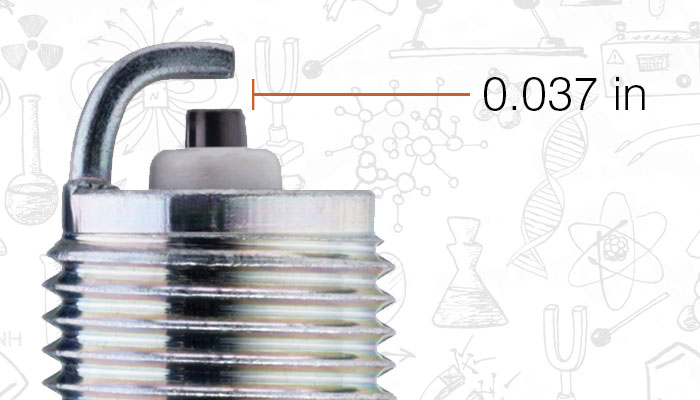Honda Pilot Alignment Specifications (2003-2008)
Aligning the 2003-2008 Honda Pilot is not difficult. The first-generation Pilot shares the same suspension design as the Odyssey and rear suspension design with the Accord.
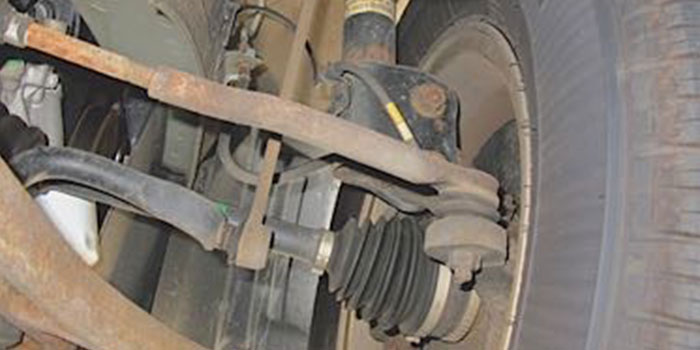
Brake Rotor Finishing: Non-Directional For Maximum Smoothness
The surface finish of a new or resurfaced rotor should meet OEM specifications for good braking performance, pedal feel and quiet operation.
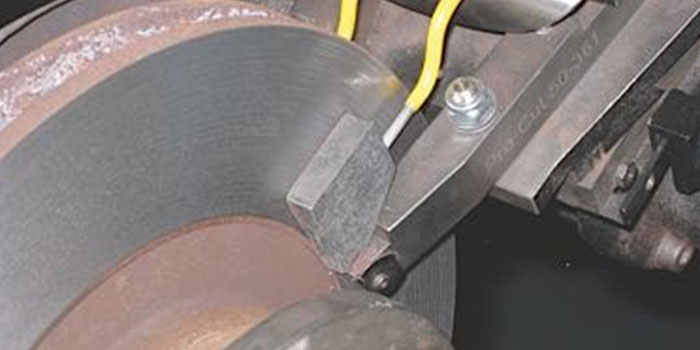
Spring Is Pothole And Bearing Season
The classic symptom of a bad wheel bearing is typically a cyclic chirping, squealing or growling noise that changes in proportion to vehicle speed. The sound may only appear or disappear at certain speeds. The noise may get worse when turning, or it may disappear momentarily. So, it’s difficult to make a diagnosis based on noise alone.

TPMS Signal Science: Performing The Relearn Process Outside
While TPMS is common on today’s vehicles, misinformation is still rampant as consumers and techs try to understand these systems. One of the TPMS misconceptions involves sensor signals. A sensor is a transmitter of information that sends pressure and temperature data to the vehicle. Some signals also include information that identifies the sensor and the

Serial Data Bus Diagnostics
If serial data buses did not exist, a wiring harness would have to be five times its normal size and use twice as many sensors to deliver the same level of functionality and safety we see in the modern vehicle.
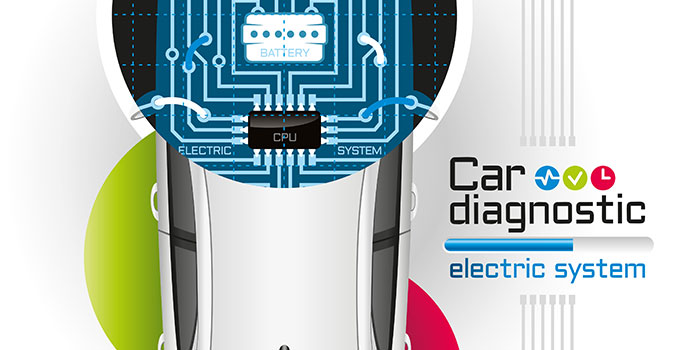
Honda Civic Alignment Specs: 2006-’11
Built on a high-rigidity unit-body platform, the 2006-2011 Civic has a MacPherson strut front suspension and a multi-link rear suspension. The eighth generation switched from a high mounted to a low mounted steering rack and significantly increased caster.
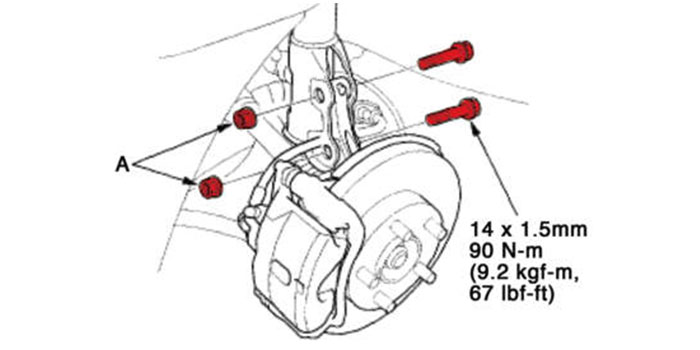
Checking Catalytic Converter Efficiency
The converter has an efficiency rating that is computed by the vehicle. This number rates the amount of reduction that is occurring in the converter and its ability to store oxygen.
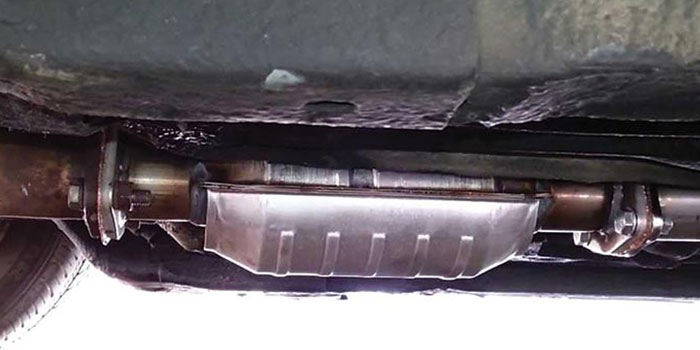
Brake Shims: How To Control Brake Noise
Brake shims are not designed for adjusting spacing and distance between friction material and the rotor. Shims provide multifunction noise control as a component attached to the friction pad backing plate.
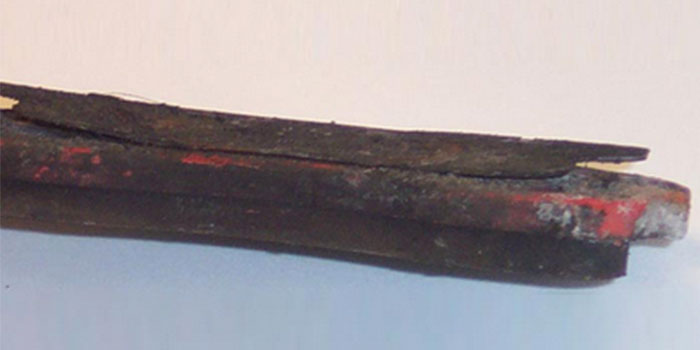
Accessory Belts, Tensioners And Misfires: A Balancing Act
On an engineering level, the design of the accessory belt drive is a balancing act of efficiency, force and vibration. The more contact or wrap a belt has with a pulley, the more force or energy can be transmitted without slipping and the less tension the belt will need. But, this is not great for efficiency because it creates more friction and drag.
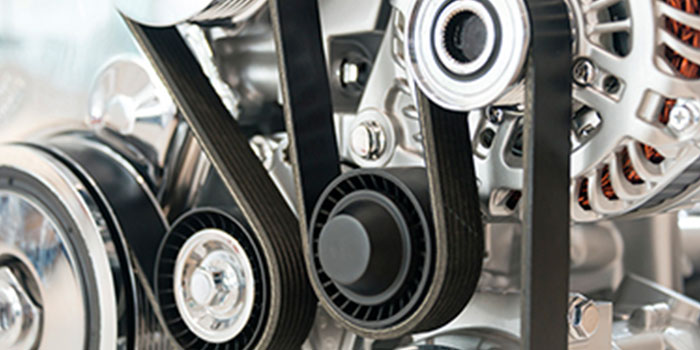
Brake Pad Regulations: Factory And Aftermarket
Everybody wants safe brakes, right? You want the assurance that any brake linings you install on a customer’s vehicle will provide adequate braking and meet all applicable safety standards. But guess what? There are no federal safety standards for aftermarket brake linings.
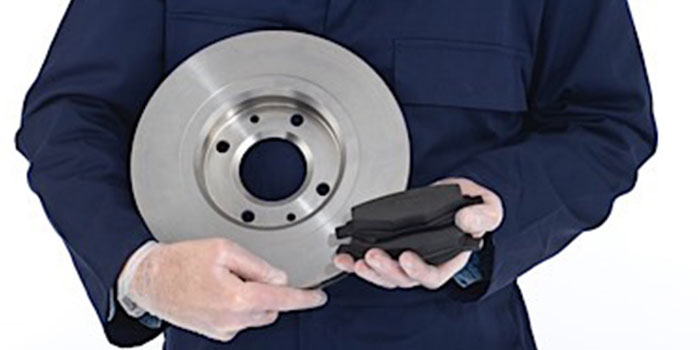
2011 Chevy Sonic Brake Job Service Tips
The Chevy Sonic is GM’s compact car that took over where the Aveo left off. Redesigned in 2011, the Sonic uses front discs and rear drums and comes with ABS and stability control standard.
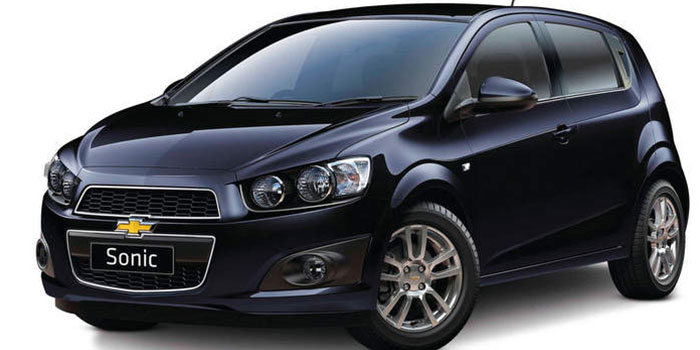
Spark Plugs: The Lost Art Of Gapping
For a long time, the copper core spark plug ruled the roads. For under a dollar, you could buy a plug that would fit, but you had to gap the plug the correct distance between the electrodes yourself.
